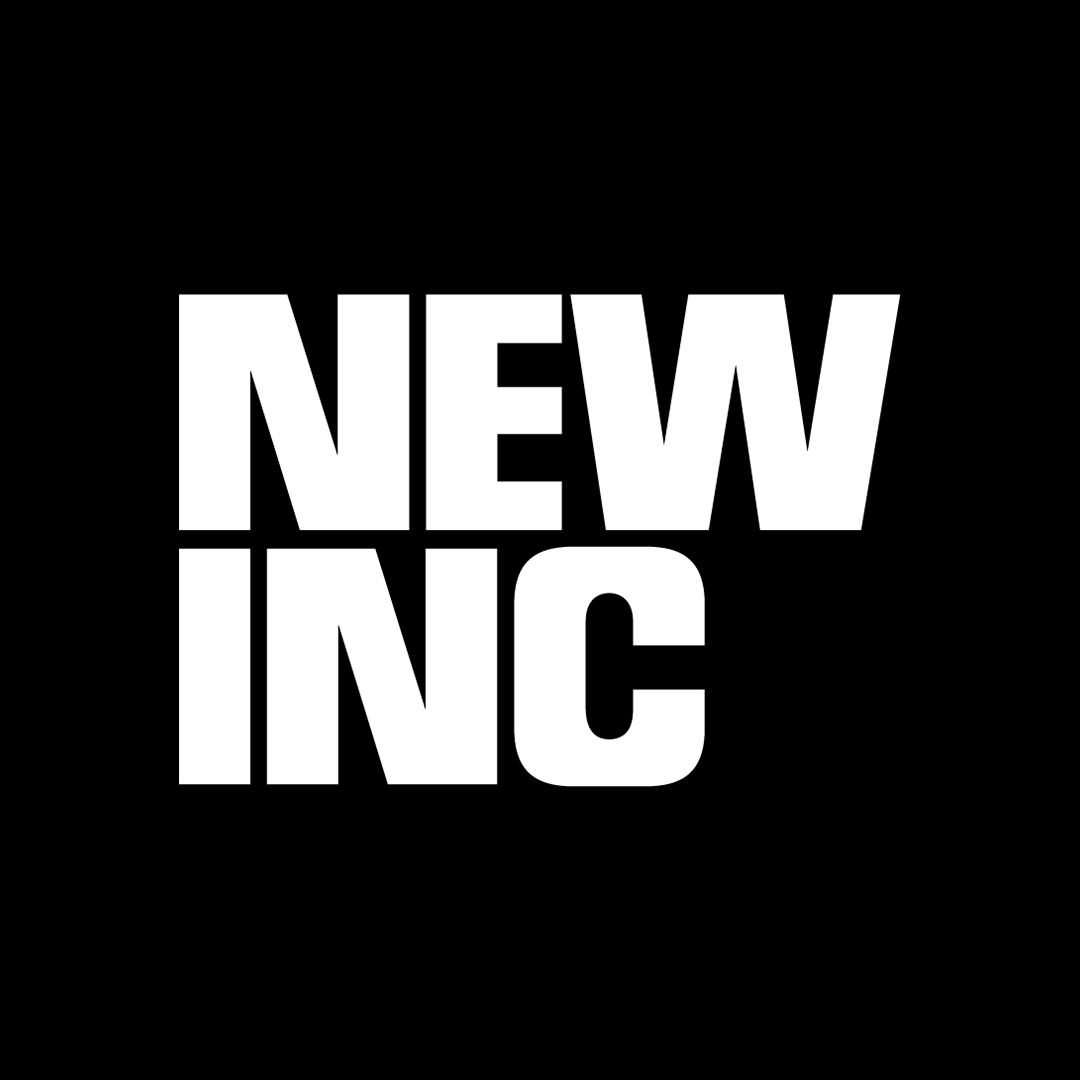DOTDOT // VR for Museums
DOTDOT downloads their studies and findings in VR for museums as part of NEW INC’s Year 5 Museum Technology track.
THE IDEA
DOTDOT is an experience and game design studio. We believe that Virtual Reality (VR) holds enormous potential for museums to deliver stories with impact in a way that will encourage repeat visitorship and generate revenue.
THE CHALLENGE
When we first visited The Tech they were packing down their Reboot Reality exhibition for a few key reasons:
Facilitating these experiences is expensive in terms of hosting hours and required a 1 to 1 ratio of host to visitor
The available content is hard to learn and navigate due to complex gaming controllers and exploratory game design, so often visitors spent more time learning than in the VR experiences themselves
Single player experiences were isolating for visitors, breaking them out of the social experience of going to the museum with their friends and family.
The Tech did keep one virtual reality experience in the museum - Birdly, and the reason that works is that they charge an additional $8 fee for experience which pays the docent to stand with the installation.
PROTOTYPING
70% of museum visitors come in groups of 2-4, so we designed a series of tests that allowed us to onboard visitors and have at least two people see each other and communicate in virtual reality.
AIM: Robust, affordable, roomscale multiplayer and untethered VR hardware setup
TEST SCENARIO: Headsets with wireless adaptor + wearables for body tracking + sensors
AIM: Ease of onboarding experience
TEST SCENARIO: Time to onboard user into VR experience
AIM: Virtual avatar representation in virtual reality
TEST SCENARIO: Virtual mirror with avatar selection
AIM: Multiplayer communication and collaboration
TEST SCENARIO: Two player role-playing scenes
LEARNINGS
Multiplayer interactions come naturally
90% of visitors felt like they were making eye contact with each other when in the experience. Encouraging role play through distinct avatar options and scenes was effective in creating delightful moments between users.
Untethered is freeing
Visitors were more confident to move and walk around when they were operating wirelessly, and would stand within 30cm of their virtual partner if the users knew each other prior to the experience.
Seeing yourself
Letting visitors customize their look in the onboarding process via a virtual mirror worked. The mirror functioned as a feedback tool to show the user that they were in full control of their avatar from the outset. The tendency to choose the most absurd character was common, particularly when users were not made aware of their role prior to avatar customization.
Wearables slow down onboarding/offboarding
There’s a very real trade off between having full body tracking and reducing the friction in the onboarding process. Our wearable solution had users strapping on three trackers, plus the headset. On a smooth run we could onboard a new user from entry to VR within 2 minutes but the experience of putting on all the gear wasn’t a positive one, 3 in 10 users found this process challenging and did not enjoy it.
NEXT STEPS
Narrative and interactive design of a beta experience slice that blends simple escape room mechanics with a meaningful content journey
How many wearables do we really need? Can we build the ‘suit up’ process into the journey so that it’s an even more integrated part of the experience, rather than a ‘requirement of entry’?
Investigation into other solutions for tracking users - such as computer vision techniques or a mixed reality solution
Research into producing low-cost physical props that all players can see, touch and interact with
Spatial design for safety first
Author: DOTDOT




